Hallucigenia sparsa
Hallucigenia sparsa is the Middle Cambrian animal discovered from the Burgess Shale, has a slender tubular body as a whole 1), 2), 3). Between the slightly rounded head and the long trunk is a narrow neck 2), 3). The body length is approximately 3 cm 2).
Presumably, Hallucigenia lived on the seafloor or on the surface of sponges, preying on those sponges, or was a scavenger, feeding on dead animals 2).
Hallucigenia is considered a stem group of the modern onychophoran, but its exact phylogenetic position has not yet been determined 2), 3).
Since Hallucigenia sparsa has a bizarre shape and its available specimens are rare, generic name "Hallucigenia" is derived from the Latin "hallucinatio" (wandering in the mind) and specific name "sparsa" from "sparsu" (rare) 2).
Hallucigenia was described at the first time in 1911 as the annelid polichelata by Walcott who discovered many of the Cambrian animal fossils 1), 2). After that, it has re-described by Conway Morris, but its relationship was still unknown and the anatomical interpretations on both of the dorso-ventral and the antero-posterior orientations were reversed 2).
References:
- Conway Morris S (1977) A new metazoan from the Cambrian Burgess Shale of British Columbia. Palaeontology 20(3):623–640.
- Hallucigenia sparsa - The burgess Shale (Royal Ontario Museum).
- Smith M, Caron J (2015) Hallucigenia's head and the pharyngeal armature of early ecdysozoans. [abstract] Nature 523, 75–78. (DOI:10.1038/nature14573). (The full-text was referred to CORE.)

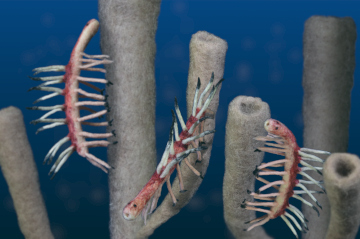
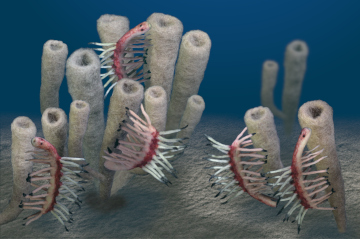
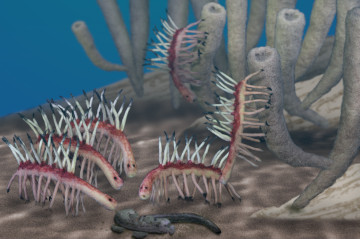
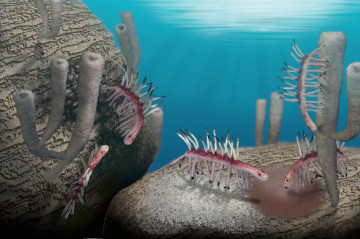
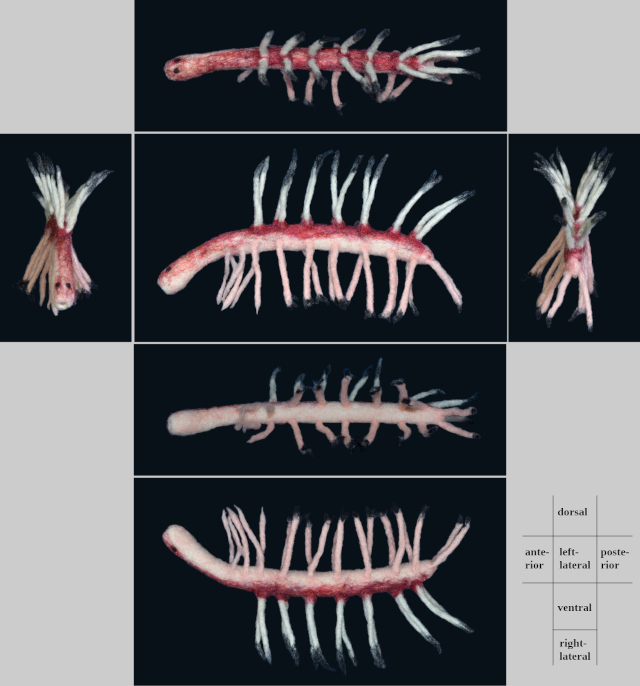
re-created in March - June 2023.